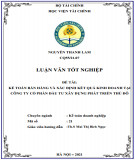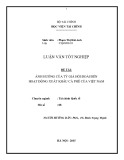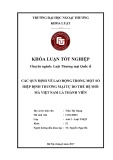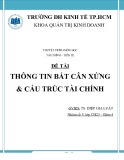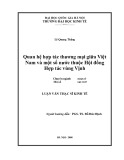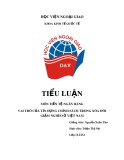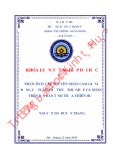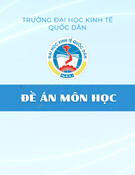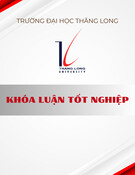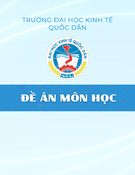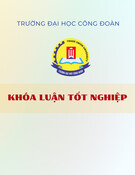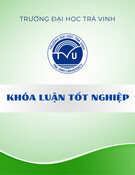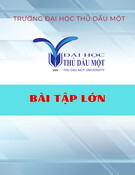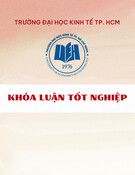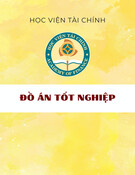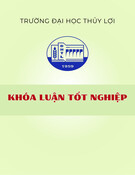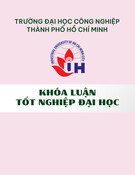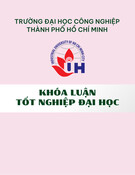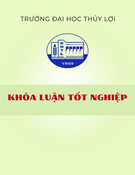
PREFACE
1. Urgency of the thesis topic
Corporate income tax (CIT) is a very important type of tax in the tax system
of a country. It does not only help generate large revenue for the state budget but
it also serves as a very effective tool for the government in regulating the macro
economy and adjusting the behavior of enterprises, production and business
organizations in the economy. A well-organized and well-managed CIT has
significant impact on the economy’s development.
In this context, the writer chose “Improving the current corporate income
tax in Vietnam” as the thesis topic in order to find a number of solutions with
scientific grounds and practical meaning. These solutions focus on improving
the effectiveness of CIT policy and administration in the coming time in a timely
manner to bring into play the role of tax policies in mobilizing tax revenue,
regulating and promoting Vietnam’s socio-economic development. With such
significance, it is necessary and urgent to study the thesis topic.
2. Research objective
Overall objective: Recommendting a number of solutions to improve CIT
policy and administration with scientific grounds and in line with the reality of
CIT in Vietnam to improve the effectiveness of CIT policy and administration,
make sure that CIT mobilize revenue for the state budget and help regulate and
promote Vietnam’s socio-economic development during 2020 -2025 with vision
to 2030.
Specific objectives:
Firstly, clarifying theoretical issues about CIT policy and administration as
the basis for evaluating the reality of CIT in Vietnam nowadays and looking for
solutions to improve CIT in Vietnam during 2020 - 2025 with vision to 2030.
Secondly, studying theoretical basis and building models to analyze and
evaluate the impact of tax rate and changes of CIT policy on economic
development.
Thirdly, synthesizing, analyzing, commenting and evaluating the reality of
CIT in Vietnam during 2000 - 2018; clarifying achievements, shortcomings and
reasons for such shortcomings.
Fourthly, giving orientations and proposing important solutions to improve
CIT in Vietnam in both aspects: CIT policy and CIT administration.






